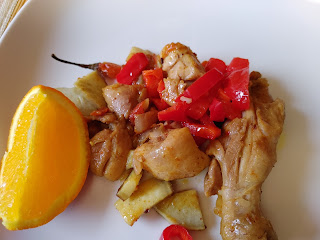Indigenous Science
Knowledge and education.
Because knowledge is territorial, kids growing up in a
desert know more about water, its scarcity, availability and how to save it
than kids that live near the sea, waterfalls or rivers. However, that doesn’t make kids that live in
a desert more intelligent than their coastal counterparts. Not knowing something is a handicap, not
stupid, as most kids in Europe, Canada and the U.S. label what they don’t know.
The gap between knowledge and education is the reason why
teachers seldom stress the connection between nature and science. It is not intentional at all. It’s the medium of instruction. A circle is taught like a circle, not
something kids know in their languages and see everyday, like the sun and the
moon.
Their house is built in a circle; water pots are a circle;
single plates where everybody eats with their hands are circles; most games
they play involve joining hands and going around in circles except for games
like jump rope (ingqathu), which survived slavery and is still played by African
Americans in Georgia, Illinois and New York; meetings adults have under the
tree are in a circle and the tortoise rural kids don’t bother at all, has
luggage that is almost a circle.
People, history books list as primitive knew science. They understood the weather better than
Environment Canada or T.V weather women that later became actresses. They had no alternative. Survival. They had to understand all the nuances of
their god given environment. They understood why animals that normally howl at
night, howled in broad daylight.
Knowledge is how kids live at home. They see their mothers harvest corn, place
dead stems and leaves in a heap for recycling back into the earth, take the
corn home, put it in a pot, it boils, steam forms on the lid and the corn is
cooked after a few minutes.
Education is separating the corn’s journey, the steam on the
lid for example. The science teacher
calls it condensation. She takes them to
the laboratory to demonstrate this scientific process. Water is no longer water, but a string of
difficult Latin, English or French words that students have to memorize. The same thing applies to explaining the reincarnation
of the dead stems and leaves back into the soil.
Parents cannot help their kids with homework because they
have knowledge acquired thousands of years ago, not education. Simply put, they don’t speak English or
French. Prince Charles and his
grandchildren have an advantage. They speak English so there is no demarcation
between knowledge and education.
Teachers have a lot on their plate in 2019 and beyond, which
makes it difficult for them to take students to the forest and explain
science. It’s even worse for urban
schools. No forest, just concrete and
plastic. Teachers in rural areas where indigenous languages such as Cree, Maori and Zulu are still spoken, could use idioms to introduce scientific concepts because idioms are granaries of how people relate to nature.
By: Nonqaba waka Msimang.




Comments